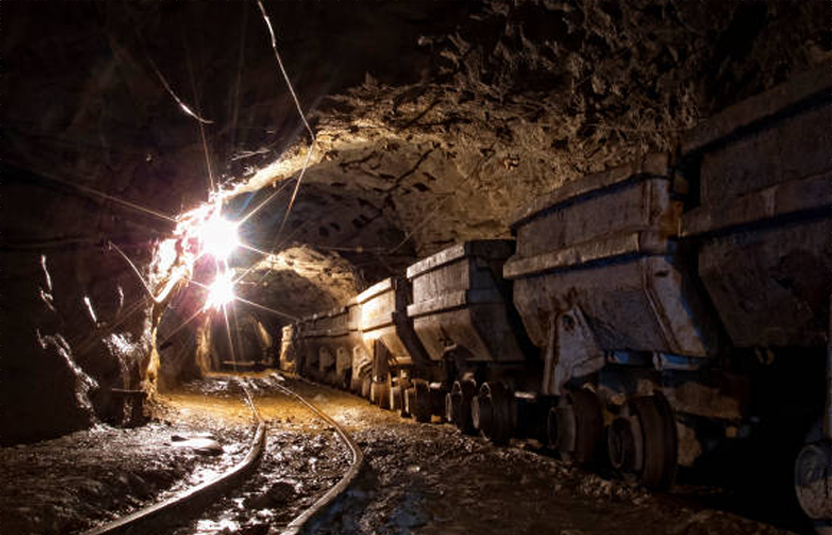Background
Once known as “Devil’s Copper,” nickel is a hard silver-white metal rarely found in the earth in its pure form. Although a lesser-known metal, nickel plays a vital role in modern-day life. Nickel helps create strong alloys that don’t rust, can tolerate high and low temperatures, and are easily shaped. This metal impacts our lives daily; nickel is essential for the effective operation of mobile phones, for example.
The subject of this case study is a miner of low-grade sulphide ore that employs large open-pit mining methods.


Once mined, the ore is crushed and processed into a nickel concentrate, dried, and then smelted in a flash furnace to produce nickel matter. Further refining takes place to produce nickel products containing almost 100% nickel and other intermediary by-products. Products are sold under various contract structures to customers around the world.
Ore is sourced from a few owned mines and purchased from third-party miners in the local area. The characteristics of each ore body are different, which ultimately results in various chemical components of the concentrate produced. To maintain steady-state operations at the smelter, the miners need to effectively manage the concentrate to ensure the smelter operates within certain tolerance levels.

Situation
Without warning, a fire occurred in the smelter furnace building. The fire started in one of the two transformers servicing the furnaces electrodes. Although extinguished rapidly, the fire rendered the transformer and other equipment useless.
Replacement equipment was sourced and installed four months later. During this time, the miner nursed the smelter along at about 60% of its normal operating capacity.
The miner submitted a claim for property damage and business interruption losses totalling more than US$90M.
MDD’s Involvement
MDD was appointed to assist the loss adjuster in determining the validity of the miner’s business interruption claim.
The claim as presented was well structured within the policy coverage and supported by the miner’s accounting reports. Given the complex nature of the operation, MDD launched an investigation into the day-to-day mining practices to determine if any underlying issues were not forthcoming in the miner’s claim and reporting.
Our investigation revealed that during the period applied to determine the claimed standard production, an unusual occurrence for one month resulted in an overinflated daily mining standard.
In addition, our investigation into stock on hand and sales practices revealed that the miner had not experienced a loss of sales in all the claimed products during the maximum indemnity period.
Result
After subsequent discussions with the miner, they ultimately accepted MDD’s investigations and agreed that MDD’s analysis accurately reflected the miner’s business interruption loss. This translated to an agreed-upon loss settlement that was US$6M less than the amount that was originally claimed.
The statements or comments contained within this article are based on the author’s own knowledge and experience and do not necessarily represent those of the firm, other partners, our clients, or other business partners.
CONTACT
CONTACT MDD
Our firm has over 80 years of experience working on assignments that span over 800 industries around the world.





